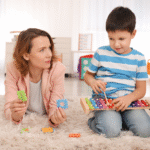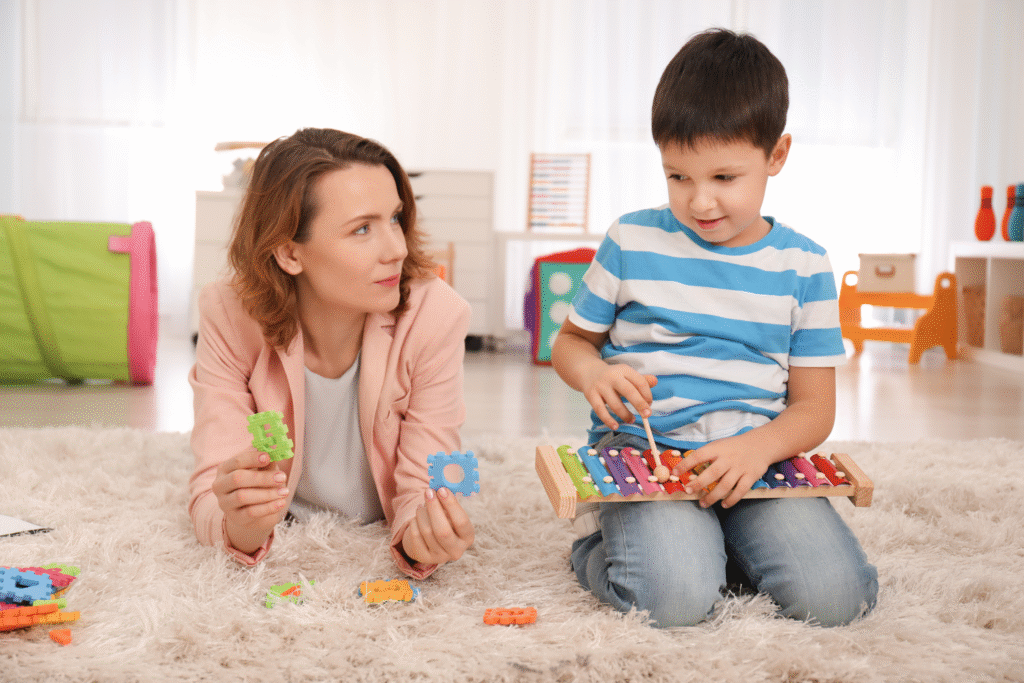Ever notice how your child covers their ears when the blender’s on, avoids wearing certain clothes, or just can’t seem to sit still? Maybe they chew on their shirt sleeves, spin in circles for fun, or melt down in noisy grocery stores. If any of that sounds familiar, you’re not alone—and neither is your child. …
Ever notice how your child covers their ears when the blender’s on, avoids wearing certain clothes, or just can’t seem to sit still? Maybe they chew on their shirt sleeves, spin in circles for fun, or melt down in noisy grocery stores.
If any of that sounds familiar, you’re not alone—and neither is your child.
For many kids, especially those who are autistic or have ADHD, the way they experience the world through their senses is a little different. Sounds can feel way too loud, lights might be painfully bright, or tags on a shirt might feel like sandpaper. Other kids might need more sensory input—they crave movement, deep pressure, or strong tastes just to feel grounded.
These are called sensory processing differences, and while they can be challenging, they’re not flaws. They’re simply part of how your child experiences the world. And the great news? Occupational therapy (OT) can help.
What Is Sensory Processing, Anyway?
- Sound (like music or people talking)
- Touch (textures, clothing, hugs)
- Smell and taste (foods, scents)
- Balance and movement (spinning, jumping)
- Body awareness (knowing where your arms and legs are)
- Internal feelings (like hunger or needing to go to the bathroom)
So…How Does Occupational Therapy Help?
Some things we might work on together include:
A Few Go-To Strategies We Love
When Should You Consider OT?
- Cries for no clear reason and has meltdowns at home and in public.
- Hates brushing teeth, haircuts, or certain clothes
- Seems constantly “on the go” or can’t sit still
- Gets distracted easily
- Avoids or craves certain sensations in a way that affects their day-to-day life
Why We Do Things Differently at WeDiverge
We believe:
- Sensory differences are human differences—not disorders. Like every other human being, there are things we can do to support our sensory needs, and same goes for our kids!
- Kids should never be pushed into things that feel overwhelming for the purpose of desensitization. This approach causes further stress and may eventually result to trauma.
- Our job is to help kids feel confident, not to make them conform. We may not always realize it, but many of these “non-conforming” behaviors actually help children regulate. Movement can make them feel more comfortable. Biting their fingers might ease their anxiety. While there are other ways we can support regulation, the important shift is moving away from “stopping” behaviors and instead helping children find safe, supportive ways to meet their needs.






